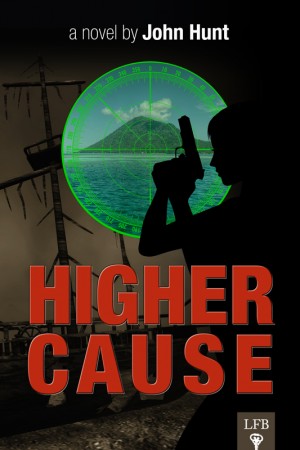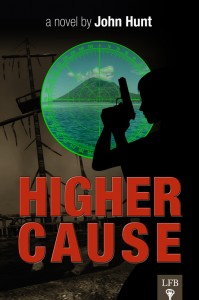This review is part of a series covering each installment of the serialized novel Higher Cause, written by John Hunt and published by Laissez Faire Books. To catch up, start with the announcement, the book’s link-rich table of contents, and the first review.

We start out the second half of the book with two more chapters. Hunt is starting to benefit from the seeds planted in earlier chapters. There is a lot going on, a lot of side plots and characters to worry about, and as each advances, they give us that mild euphoria that comes from a new development or a new clue revealed. With so much to work with, these developments and clues come tumbling out of the prose at us.
The first chapter begins with some medical care for Jeff Baddori. It catches us up to date with Dr. Thomas Standall, whom we met earlier. The research done into the wounds that Jeff and Petur received adds a lot to the narrative. It also allows for some pro-market explanations. I would have omitted the first three paragraphs and had the information therein come out as dialogue though.
The second part of the first chapter is a bracing search for the bad guys. This time, something is found. It’s a stimulating little stretch of prose and leaves us with the certainty of trouble ahead.
The second chapter deals with Onbacher’s theories about the Bounty. He has made some progress in his own search, which he confesses was, initially, his principle interest in The Island. The novel has a lot of appealing aspects, and this is one of the main ones. It takes a historical fact, fills in a lot of gaps with some real imagination and then connects it all to the present narrative, which does not have to have anything to do with it. It could survive quite well on its own, but the addition of the historical fiction enriches the tale.
Right now, we can see only possibilities, but there are many and they are all exciting. How is the past going to affect the present as the story progresses? Like real life, there is a lot going on; there are many characters on the stage; and things are simply too difficult to predict.
My only criticism of the last chapter is to note that there is one paragraph too many. Erase the last one, and consider how the penultimate paragraph leaves things a little less explained but still well understood. The effect, in my opinion, would be better.















